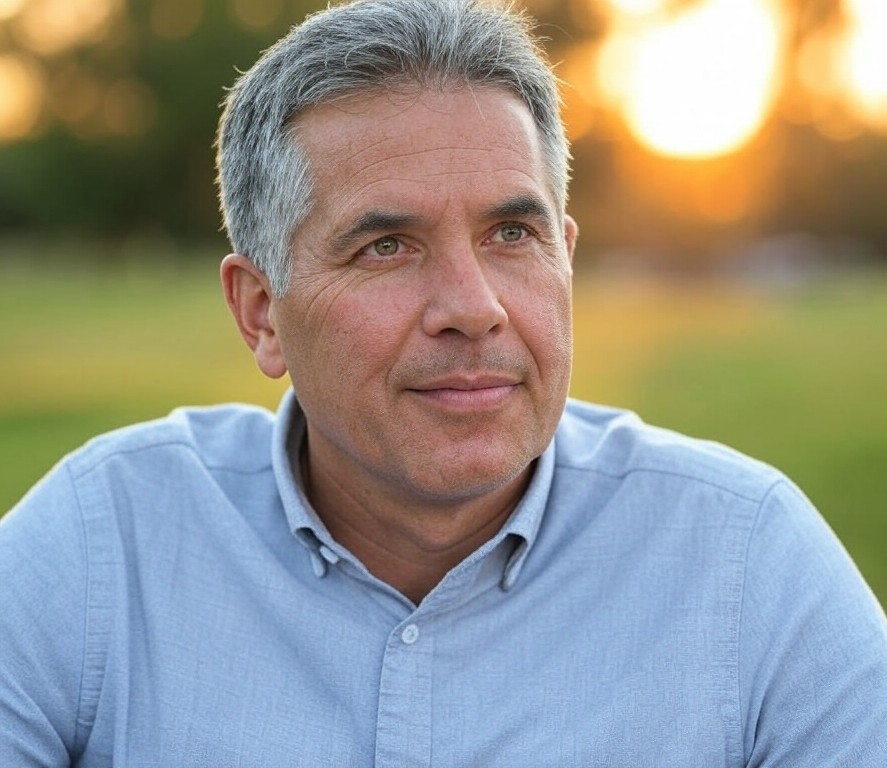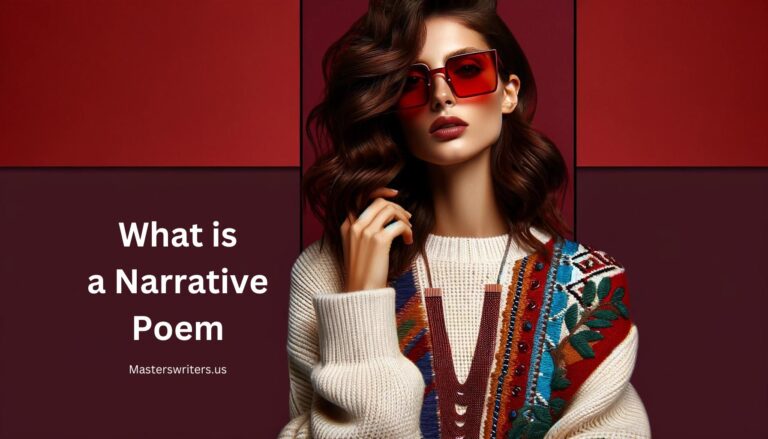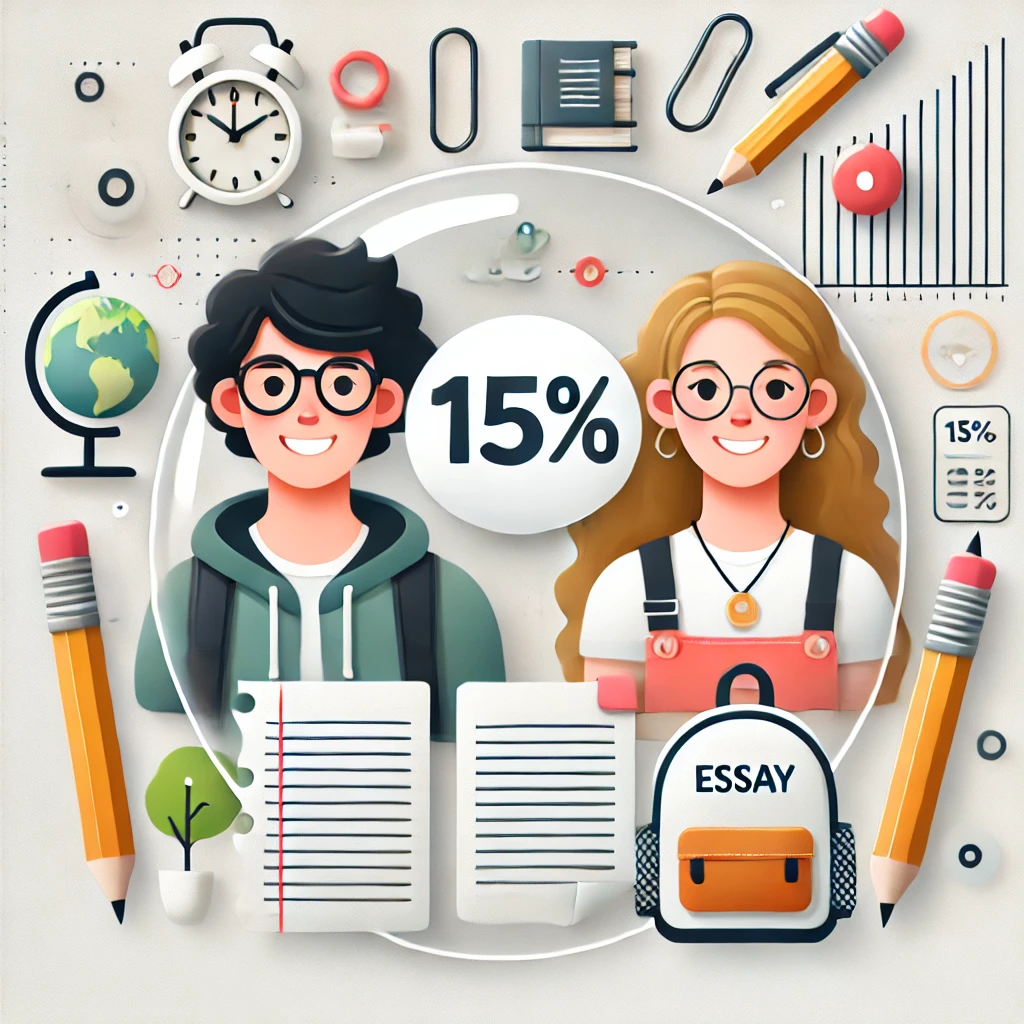Essay Writing Guides
Narrative Poem Guide: Where Poetry Meets Story


“Whan that Aprille with his shoures soote, The droghte of March hath perced to the roote…” This opening line from The Canterbury Tales by Geoffrey Chaucer is a perfect example of narrative poetry in motion.
Dating back to the Epic of Gilgamesh, written in 2100 BCE, narrative poetry has served as a bridge to connect people with their history and culture. These poems weren’t just for entertainment; they were written to commemorate values, events, and lessons that shaped civilizations.
From the heroic sagas of Beowulf to Chaucer’s tales, narrative poetry has guided how we tell stories, allowing us to reflect on the past and understand our present.
In this article, you’ll embark on a journey through the evolution of narrative poetry, exploring ancient epics, medieval tales, and modern-day examples while discovering tips to write your own.
If you feel inspired to write your narrative poem but need some guidance, check out options to buy a narrative essay online. It might save you time and boost your project.
What is a Narrative Poem?
A narrative poem is a type of poetry that tells a story, complete with characters, a plot, and often a setting. Unlike other forms of poetry that focus on emotions or ideas, narrative poems are structured like short stories, guiding readers through events from beginning to end. They can range from brief ballads to lengthy epics and often include elements of dialogue and conflict. This style of poetry has been used for centuries to entertain, inform, and preserve cultural stories.
Look at these narrative topics for inspiration that might offer fresh perspectives.

Struggling with Your Narrative Essay?
Our professional writers are ready to bring your story to life with precision and style.
Where Did Narrative Poetry Begin?
It is difficult to pinpoint an exact start, but narrative poetry has been weaving stories for thousands of years across various cultures and continents.
It began with early civilizations like Mesopotamia, where the Epic of Gilgamesh, carved into clay tablets, shared the heroic exploits of the historical King of Uruk. This ancient form of storytelling soon spread, evolving with the distinct voices of other cultures. In Greece, Homer’s Iliad and Odyssey recounted tales of gods, warriors, and legendary journeys, becoming central to Greek culture.
India also embraced narrative poetry, with the Mahabharata and Ramayana depicting epic stories of duty, family, and spirituality, profoundly influencing Indian traditions.
Throughout medieval Europe, works like Beowulf in England, The Song of Roland in France, and Dante’s Divine Comedy in Italy continued the tradition, reflecting their times through stories of heroism, loyalty, and morality.
Even in the modern era, narrative poetry thrives, with poets like Robert Frost and Maya Angelou using it to explore the complexities of life, identity, and society, proving that the power of storytelling through poetry remains timeless.
Types of Narrative Poems
Narrative poems come in various styles, each offering a unique way of telling stories. Below is a quick breakdown of the different types of narrative poems:
Feature 🌟 | Epic Poems 📜 | Ballads 🎶 | Arthurian Romance ⚔️ | Idylls 🍃 |
Length ⏳ | Long, often spanning several books or chapters. | Short, typically a few stanzas. | Medium to long, with multiple episodes or adventures. | Short, focused on a single moment or scene. |
Structure 🏛️ | Formal, with detailed storytelling and epic verse. | Simple and rhythmic, easy to memorize. | Written in verse, with themes of chivalry and romance. | Lyrical, focusing on nature and simplicity. |
Themes 🏰 | Heroism, adventure, battles between good and evil. | Love, tragedy, and historical events. | Chivalry, courtly love, and epic quests. | Harmony with nature, rural life, and tranquility. |
Characters 🦸♂️ | Epic heroes, gods, and mythical beings. | Common folk or historical figures. | Knights, kings, mythical figures from Arthurian legends. | Shepherds, rural characters. |
Setting 🌍 | Mythical or ancient worlds with grand landscapes. | Real or semi-real historical settings. | The legendary world of Camelot and King Arthur. | Idealized, peaceful rural scenes. |
Epic Poems
Epic poems are the longest form of narrative poetry, focusing on grand adventures and heroic deeds. These poems often explore duty, bravery, and the eternal conflict between good and evil. Famous epics include:
- Homer’s Iliad and Odyssey: These ancient Greek epics tell of war, gods, and the incredible journeys of their protagonists.
- Virgil’s The Aeneid: The story of Aeneas, a Trojan hero who helps lay the foundations of Rome.
- Shahnameh by Ferdowsi: An epic that chronicles the history of Persia through the tales of its kings and heroes.
Ballads
Ballads are short, rhythmic narrative poems that tell stories in a simple, memorable style. Often exploring themes of love, loss, and historical events, ballads use repetition and rhyme to make the stories easy to follow. Examples include:
- The Rime of the Ancient Mariner by Samuel Taylor Coleridge: A haunting story of a sailor’s cursed voyage.
- Barbara Allen: A traditional English ballad about love and heartbreak.
Arthurian Romance
Arthurian romances transport readers into the legendary world of King Arthur. Though not as long as epics, these poems weave tales of knightly quests, courtly love, and magical adventures. Notable examples include:
- Sir Gawain and the Green Knight: A tale of chivalry, temptation, and honor.
- The Lancelot-Grail Cycle: Chronicles the forbidden love of Lancelot and Guinevere and the quest for the Holy Grail.
Idylls
Idylls capture serene and idealized scenes of rural life, often focusing on nature’s beauty. These poems offer brief, peaceful snapshots of countryside living or harmonious moments in nature. Examples include:
- The Passionate Shepherd to His Love by Christopher Marlowe: A vivid invitation to a pastoral life of simplicity.
- Virgil’s Eclogues: Ancient Roman pastoral poems celebrating rural life and its timeless beauty.
Each form of narrative poetry brings flavor to storytelling, allowing poets to write tales of adventure, love, or tranquility in their own unique ways.
Сharacteristics of Narrative Poetry
Narrative poetry stands out for its ability to tell captivating stories while embracing the unique tools of poetic expression. Below are some defining features that make narrative poetry unique:
A Strong Focus on Storytelling: At its core, narrative poetry is all about storytelling. It introduces characters, settings, conflicts, and resolutions like a short story. Whether it’s a heroic epic or a tragic love ballad, these poems draw you into a world of events and emotions that unfold from start to finish.
Creative Language Use: Narrative poets often use language to leave a lasting impression. From striking metaphors to vivid imagery, the words evoke strong reactions and emotions, making the story heard and deeply felt. The choice of language can inspire wonder, shock, or joy, enhancing the narrative’s impact.
Nonlinear Timelines: Unlike many other forms of writing, narrative poems aren’t bound to a linear timeline. They can begin in the middle of the action, flash forward or backward, or weave multiple timelines together. This flexibility allows poets to build tension and intrigue in unexpected ways.
Diverse Structures and Forms: There is no one-size-fits-all format for narrative poetry. From strict rhyme schemes and meter to the fluidity of free verse, narrative poems take on various shapes depending on the story, era, and cultural context. This adaptability allows poets to let the story shape the poem’s form.
Use of Myth and Symbolism: Many narrative poems enrich their storytelling with mythology, symbolism, or folklore. These elements connect the poem to universal themes and timeless truths, making the story more profound and relatable across cultures and generations.
Through these characteristics, narrative poetry has the power to bring stories to life in a way that is both engaging and emotionally resonant.
Narrative Poem Examples
If you’re searching for inspiration to craft your narrative poem, here are some excellent examples that showcase the diverse ways storytelling can be done through poetry. Each offers a distinctive approach to narrative that might spark ideas for your poetic creations:
The Cremation of Sam McGee by Robert W. Service
This darkly humorous poem tells the strange tale of Sam McGee, a man from Tennessee who dies in the frozen Yukon. His last wish is to be cremated, and the poem recounts his companion’s eerie journey to fulfill that request. With vivid imagery and a rhythmic cadence, Service captures the harshness of the wilderness and the macabre twist at the poem’s conclusion.
Goblin Market by Christina Rossetti
Rossetti’s “Goblin Market” is a rich narrative exploring temptation, sacrifice, and sisterly love themes. The poem tells the story of two sisters, Lizzie and Laura, and their encounter with goblin merchants who sell dangerous, enchanted fruit. Rossetti’s vibrant, descriptive language brings the goblin world to life, while the poem’s moral undertones provide depth.
Out, Out— by Robert Frost
This shorter narrative poem tells the tragic story of a young boy who dies in a sawmill accident. Frost’s simple yet evocative language captures the mundane horror of the incident and the family’s stoic reaction. The poem is a stark reminder of life’s fragility and the cold reality of loss.
The Ballad of Reading Gaol by Oscar Wilde
Wilde’s powerful narrative poem recounts the final days of a man sentenced to death for murder. Based on Wilde’s experiences during his imprisonment, the poem is a haunting exploration of guilt, justice, and the human condition. Wilde’s vivid language and empathetic tone turn this narrative into a meditation on the moral complexities of punishment.
The Charge of the Light Brigade by Alfred, Lord Tennyson
This historical narrative poem recounts British soldiers’ famous but disastrous charge during the Crimean War. Tennyson’s use of repetition and rhythm mimics the galloping of horses, immersing readers in the chaos and valor of battle. The poem honors the bravery of the soldiers while lamenting the senselessness of their fate.
And if you are quoting from your favorite poets, ensure you do it right. Check this guide on how to cite poems to help you out.
Summing Up
Narrative poetry is a timeless form of storytelling that blends the elements of a traditional narrative with the artistic expression of poetry. From ancient epics like The Iliad and The Epic of Gilgamesh to modern works like The Cremation of Sam McGee, narrative poems have captured the imagination of readers for centuries. These poems tell rich, compelling stories through creative language, vivid imagery, and various forms—from ballads and epics to Arthurian romances and idylls. Whether you’re exploring historical tales, personal experiences, or mythical adventures, narrative poetry is a powerful medium for sharing stories that resonate across time and culture.
Need a hand with your writing? You can get some help from online essay services. They offer support, whether you are just beginning or polishing your final draft.

Need Inspiration for Your Next Essay?
Let our expert writers guide you from idea to execution. We’ll help you find the perfect narrative topic and turn it into a standout essay.
FAQs
How can I write a narrative poem?
To write a narrative poem, develop a clear story with characters, a setting, and a plot. Outline the events, including the conflict and resolution. Then, decide on the poem’s structure, whether it will follow a traditional rhyme scheme or free verse. Use vivid imagery and creative language to bring the story to life, and don’t be afraid to play with the timeline to build suspense or add depth.
What is an example of a narrative poem for students?
An example of a narrative poem for students is The Tale of Custard the Dragon by Ogden Nash. This fun and lighthearted poem tells the story of Custard, a seemingly cowardly dragon who surprises everyone by defending his home. It’s a great introduction to narrative poetry with its clear plot, characters, and playful tone.
What is the meaning of narrative poetry?
Narrative poetry is a type of poetry that tells a story. Unlike other forms of poetry that focus on emotions or abstract ideas, narrative poems include characters, a plot, and a setting. They can range from short ballads to long epics and are used to convey events and stories through poetic form.
What are the 4 types of narrative poems?
The four main types of narrative poems are:
- Epic Poems – Long, grand poems that often tell the story of a hero and their adventures.
- Ballads – Shorter, song-like poems that tell a dramatic or emotional story.
- Arthurian Romance – Poems focused on King Arthur’s and his knights’ legends, blending adventure and romance.
- Idylls – Poems that describe peaceful, rural scenes, often reflecting on nature and simplicity.
Source
Harvard’s Geoffrey Chaucer Website. https://chaucer.fas.harvard.edu/pages/Synopses-Prolegomena
Share

